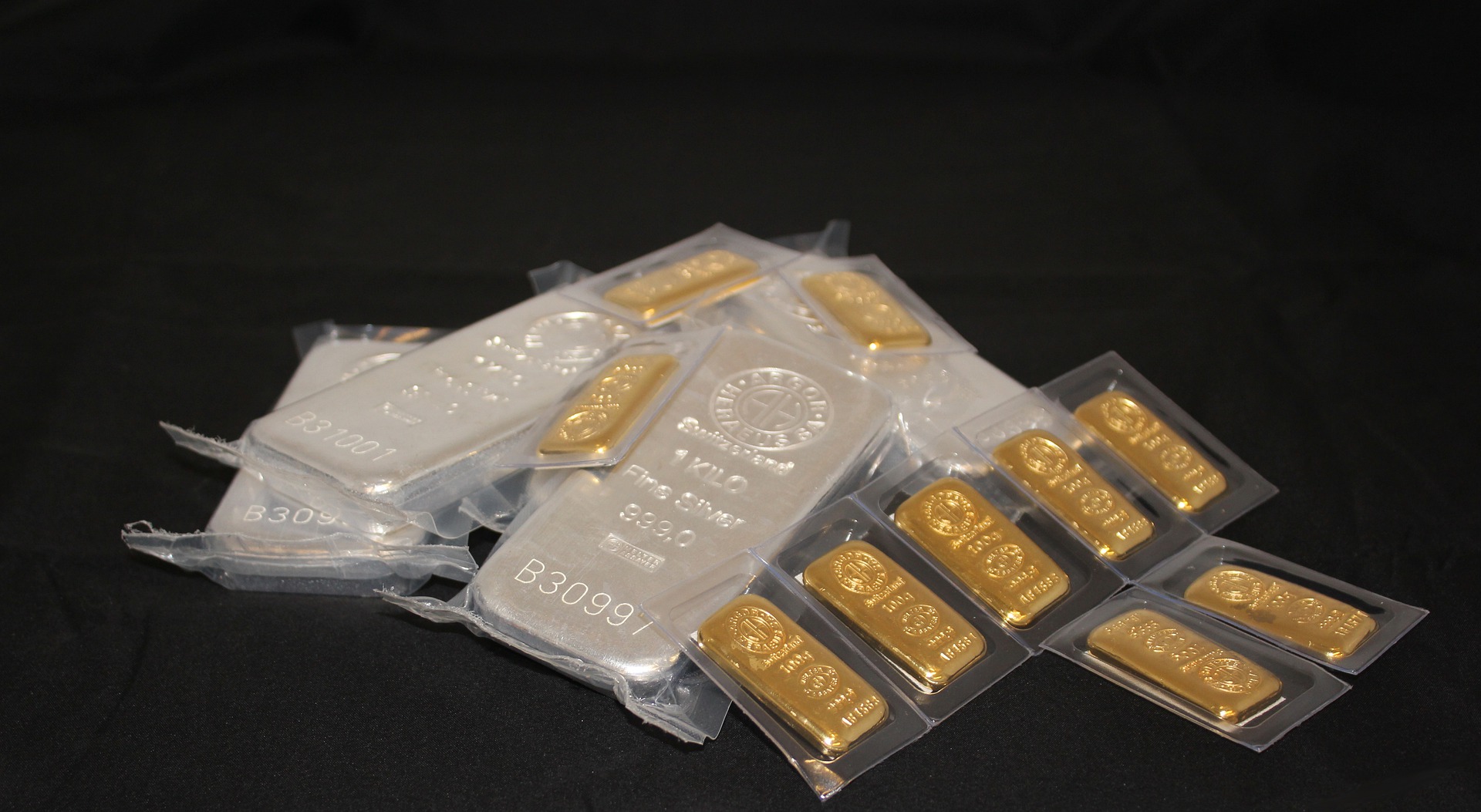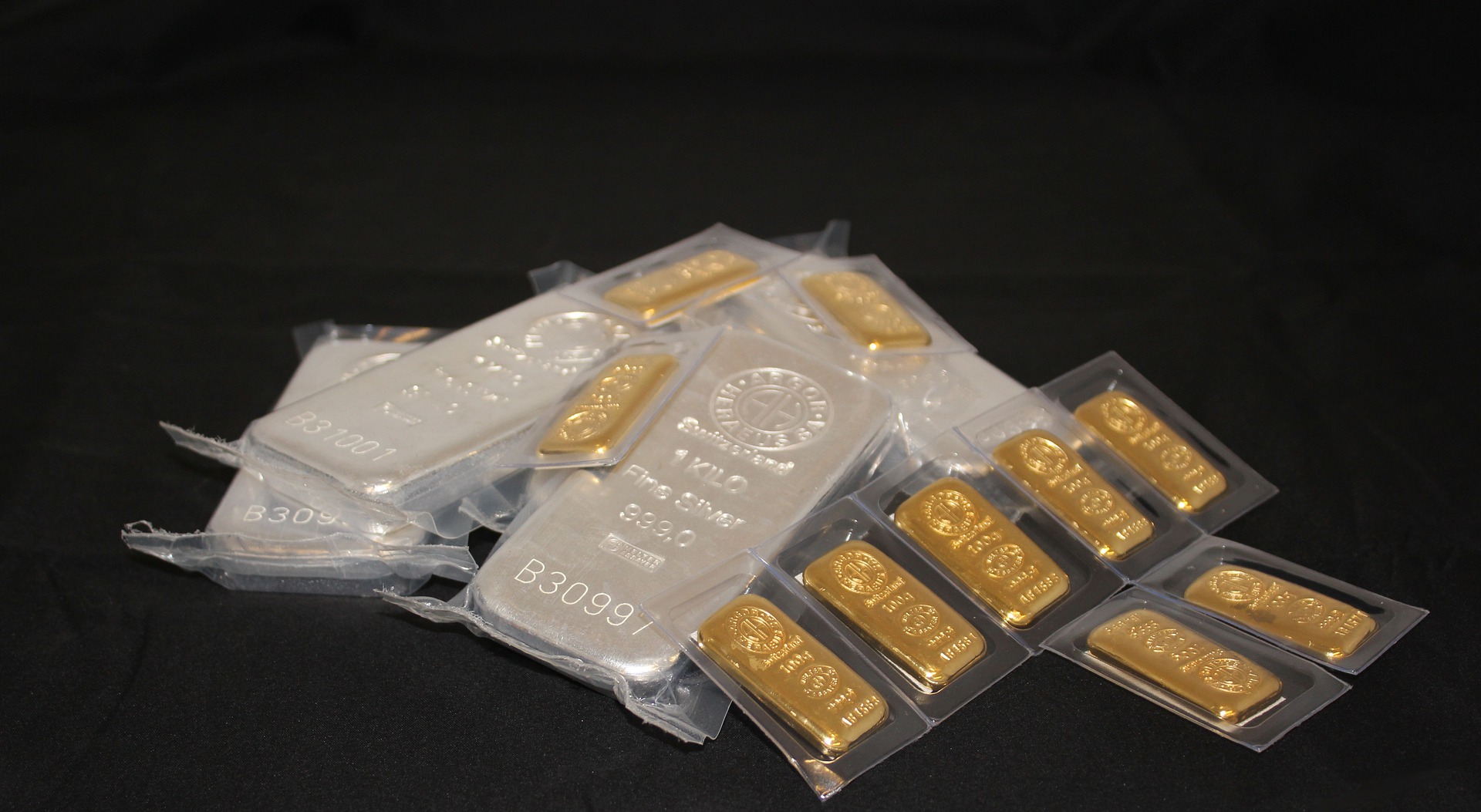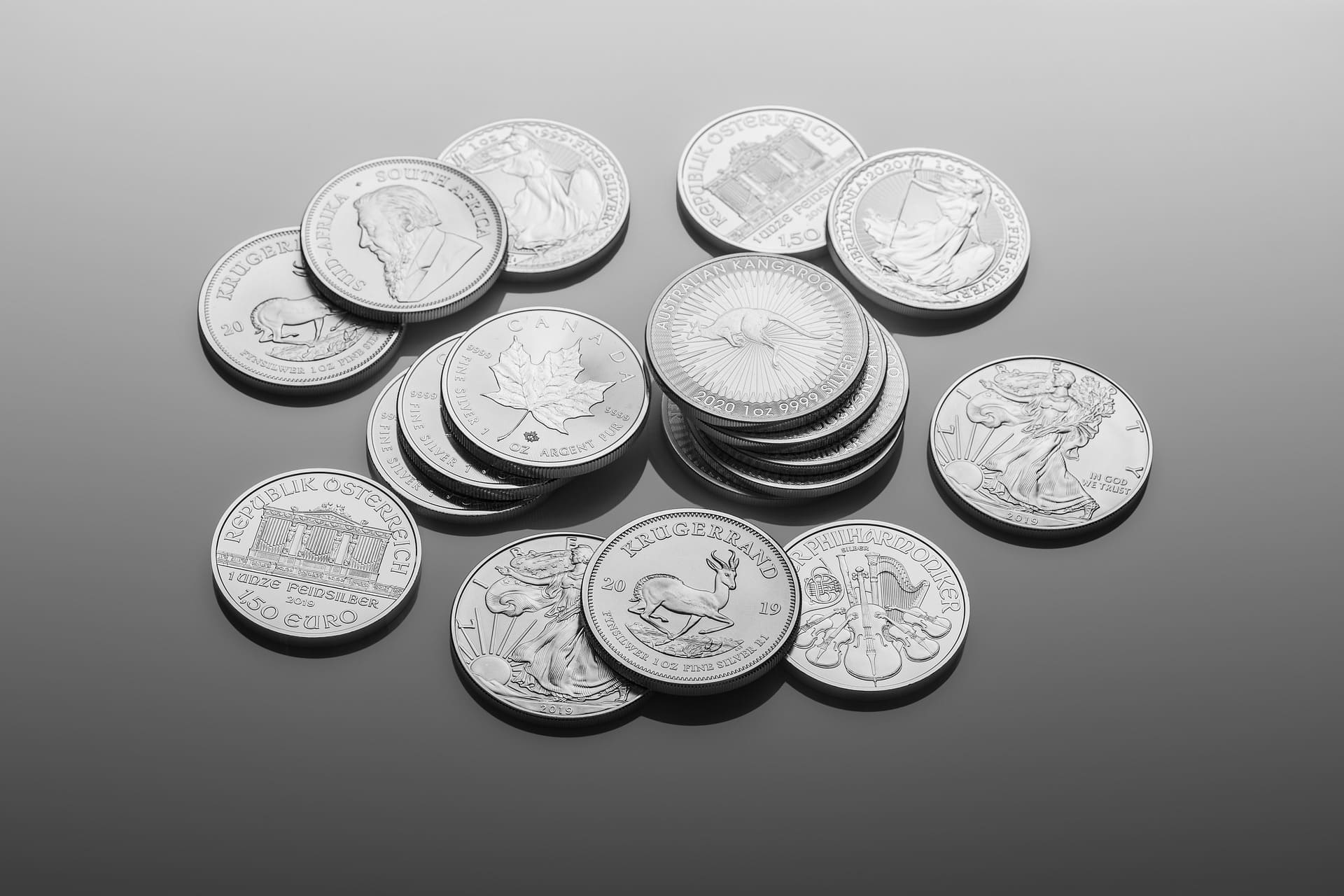Gold coinage – a versatile investment product and collector’s item
Further information » Value-dense gold coins for investors & collectors
Gold coin information at a glance
Many investors prefer coins rather than bars for capital investment
Gold coins are prestige objects with a certain symbolic power – primarily because of their high value density. Even small amounts can represent a tiny fortune. That’s why gold coins are viewed as investments, with sophisticated designs making them equally attractive to contemporary collectors. Different considerations apply to fresh-minted and historical gold coins. This article will discuss gold coins in detail: their special features, what you should consider, and how to store your coins.
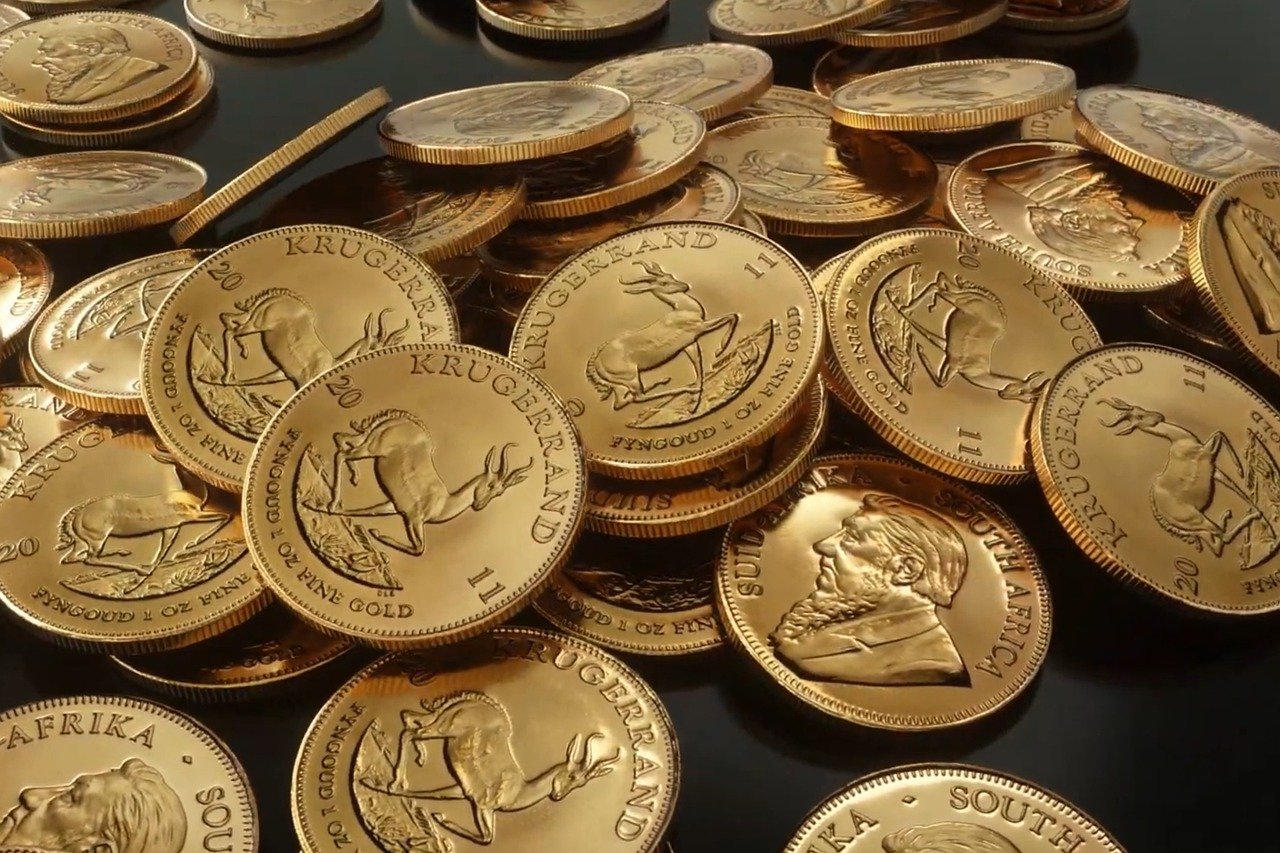
When compared to gold bars, gold coins are slightly more expensive to purchase. This is because the minting process is more complex. While the surfaces of standard gold ingots usually only reveal the fine detail of the precious metal, gold coins offer attractive detailing on the reverse side. Here, they often depict themes from the world of animals and plants, portraits of famous people, images of buildings and landscapes, or may perhaps be used to commemorate certain historical events. By contrast, the front face of a coin usually has a more formal, official character and thus may depict the respective head of state, or incorporate a national symbol.
Apart from their profile, the main difference between gold coins and bullion gold is that, with few exceptions, gold coins have an imprinted face value. This means they are considered legal tender in the issuing country. However, in most cases their gold value far exceeds the nominal monetary value, so gold coins are not a good choice for making payments at the checkout. Nevertheless, this information is an identifying feature for bullion coins, which is a term often used for these investment coins. Other considerations are their fineness, minting quality and, last but not least, the particular edition of each respective coin.
Famous gold coins past and present
There’s always an exception to every rule: The South African Krugerrand is one of the best-known and most valuable gold coins. This investment gold favourite with its characteristic springbok motif has been issued by the South African Mint ever since 1967. Although it has no imprinted face value, the Krugerrand is still considered legal tender on the African continent, with its monetary value based on the current gold price. Unlike most modern coins, the Krugerrand’s gold has a reddish hue created by the addition of copper. As a result, its gold fineness is rated as 916.67/1000.
The gold Sovereign (GB) and the American Eagle (USA) are also alloy coins – though the latter employs silver rather than copper. And like the Krugerrand, they too have long been treated as investment gold. Incidentally, the sovereign, even though it is still in circulation, can also be considered a historical gold coin because it was first minted in the 15th century.
The Vreneli gold coin from Switzerland is also popular internationally. The gold Vreneli with a female figure on the front and the Swiss cross on the reverse is also a well-known historical circulation coin. The 20-franc piece was minted between 1897 and 1949, with a circulation of almost 60 million pieces. This gold coin is still available in specialist retailers. Considered both an investment bullion coin and a collector’s item, it is often given as a gift on special occasions.
Gold coins as an investment
In addition to the coins already mentioned, the precious metal market boasts countless others that are recognised and traded worldwide. The most popular investment gold coins include the Australian Kangaroo, the Britannia, the Chinese Panda and the Libertad (Mexico), as well as the Lunar series from Australia, Maple Leaf (Canada) and Vienna Philharmonic (Austria). The prices they command are close to the market gold rate with a comparatively low premium. These common gold coins are highly regarded by private investors as well as banks, institutional investors and precious metal dealers.
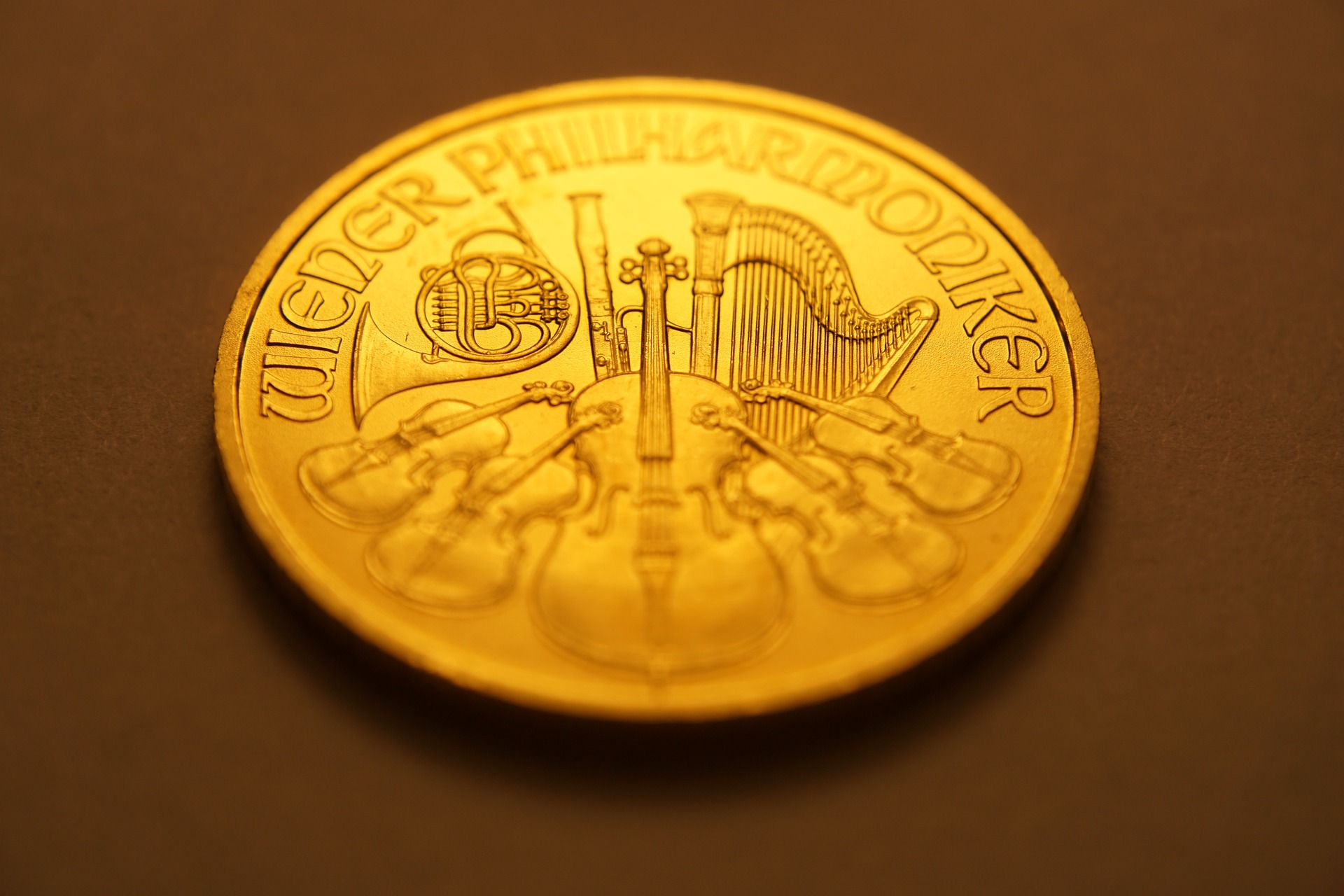
They are typically minted in high volumes, and sometimes minted indefinitely as long as required until the end of each respective year. This allows investors to acquire the coins they seek in coin tubes or monster (or sometimes also called: master) boxes containing up to 500 one-ounce coins. The typical fineness of today’s gold coins is often approaching 999.9/1000 – which effectively corresponds to pure gold. While purity is important, a coin’s purity alone won’t necessarily determine its market value. The Krugerrand and American Eagle, each containing one troy ounce of fine gold plus some grams of the respective additional metal used, are traded at 916.7/1000 purity in the same price segment as the Kangaroo, Maple Leaf and Philharmonic whose rating of 999.9/1000 is much higher.
There are now more than 120 different types of gold coins available on the market – which is an extensive range. It is worth pointing out that the majority of these gold coins are now issued specifically for the collector market. Though there is often no clear distinction between investment and collector coins, some differences are still apparent.
Buy VAT-free silver from our authorized dealers!
Echtgeld AG in Switzerland:
Victoreanum eG. in Germany:
How to identify and distinguish between investment and collector coins
Investment coins are predominantly mass-produced products. They feature high-quality surfaces with matt and shiny areas. The embossing quality on offer is officially referenced as uncirculated, and the gradings in common use for new coins are mint, uncirculated or brilliant uncirculated (BU). In contrast, collector coins often undergo a more complex minting process using pre-polished blanks or polished dies. The designations applied accordingly use the terms “Polished Plate” (PP or Proof) and “Proof like” (PL). In addition to these features, other refinements such as an antique finish or a special coat of paint are also popular. Collector coins of such quality are produced in small quantities and generally only available as individual items. As may be expected, their pricing is thus significantly above the gold price, sometimes with quite a high premium.
The importance of the correct denomination
In addition to the many different types, gold coins are also offered in many different denominations. They are often available in smaller weight units of 1/20, 1/10, 1/4 or 1/2 of an ounce, a convenience which allows investors to purchase small amounts. Gold coins are also available in weights of 1-, 2- or 5 ounces and 1 kilogram. However, one troy ounce (31.103 grams) is the most popular unit among connoisseurs, and thus the unit always available from every manufacturer. One exception to this is the Chinese Panda gold coin, which has been minted in gram units since 2016, with a 30-gram coin as its standard denomination. In the case of Swiss coins, the front face value often indicates the unit instead.
The one-ounce format is the most sought-after size of gold coin size, and is widely accepted internationally. Furthermore, the gold ounce offers a balanced price/performance ratio because, in contrast to other units, it is generally produced in large quantities. The smaller the edition volume, the greater the embossing effort, which is thus reflected in a higher purchase price. You can find more information about investing in gold in our article providing general background information about precious metal coins and bars.
Investment gold can be purchased ex-VAT
Unlike jewellery products and white precious metals, investors can usually purchase investment gold without paying a VAT levy. Gold bars and gold bullion coins are considered pure investment goods, so specialist retailers can offer them for sale ex-VAT. Historical gold coins of numismatic value which were minted by the state also fall under this regulation. Gold coins must also have a fineness of at least 900/1000 to take advantage of this concession. Furthermore, the exemption only applies to coins that are (or were) legal tender and are sold at a commercial price that does not exceed 180% of the open market value of the gold material each coin contains. The term “bank gold” is often used as a technical term describing gold bullion coins. However, this does not apply to replicas of historical coin designs such as the Austrian ducat gold coin, which was originally minted in the 13th century. Since 1950, all re-minted coins have been dated 1915, this being the date when ducats were last accepted as tradable coins. Don’t worry if all that sounds a little confusing – in principle, investors can rely on the fact that all modern gold coins available in specialist retailers can be purchased ex-VAT.
Purchase from a precious metal retailer
Regardless of whether you wish to invest in historical gold coins, replicas or current issues, experts definitely recommend precious metal retailers as your point of contact. Visiting a bricks-and-mortar store gives you an opportunity to view the gold coins. Furthermore, you can also seek advice from specialist staff regarding their available selection and potential suitability for your investment strategy. In Switzerland, the upper limit for anonymous cash purchases is 15,000 francs. In addition, you can also shop online at any time, because reputable precious metal dealers, such as Echtgeld AG, now also offer their goods via online shops.
Buy VAT-free silver from our authorized dealers!
Echtgeld AG in Switzerland:
Victoreanum eG. in Germany:
However, the advice is always to exercise caution when encountering dubious offers quoting prices far below the usual market price. So, for example, you should always avoid buying gold from public car parks and similar locations. Well-crafted counterfeits are now very hard to distinguish from real gold coins, even for investment connoisseurs. They are often made from tungsten, a dense transition metal which weighs much the same as gold. A wafer-thin gold coating is all it takes to make such fake coins look real, though they are, of course, of negligible value.
This does not mean that you cannot purchase gold coins from a private collector. The authenticity of such coins can usually be proven by viewing appropriate purchase receipts or certificates of authenticity. If there is any doubt at all, you can always ask an independent expert to examine any prospective purchase.
Safe storage of gold coins
As mentioned at the outset, gold coins have a high value density, which is why they should always be stored securely. Ultimately, gold coins provide a means to build wealth over the longer term, perhaps to protect against inflation or to diversify alongside other investments. Regardless of your reasons for purchasing gold coins, they will always need to be stored in a secure location. One option, for example, could be a home safe – provided it is suitably robust and professionally installed. If your household contents insurance is to cover loss or damage to your investment gold coins, then your safe must meet certain standards in terms of its fire resistance and burglary protection features.
Where it is not possible to install a home safe, safe deposit boxes at a bank or from an independent specialist provider are an alternative option. You should bear in mind that today’s bank safe deposit boxes in particular often have inadequate security – depending on the age of the building or the date when the bank vault was constructed. Furthermore, renting a bank safe deposit box may also require you to open a bank account, and comes with an obligation to pass on customer data to the appropriate authorities. Safe deposit boxes offered by specialist storage companies usually offer enhanced burglary protection and often include insurance cover.
Gold coins stored at OrSuisse include negotiable warehouse receipts
Segregated storage of gold coins in a domestic warehouse represents a convenient alternative to safe deposit boxes – especially when larger quantities are involved beyond the capacity of a standard safe deposit box. OrSuisse Ltd offers insured individual custody of gold coins in Switzerland. Storage arrangements are bank-independent and involve absolutely no dealer commitment. Swiss citizens and international clients alike benefit from unrestricted property protection with no legal reporting requirements. Instead of collective storage, gold coins are stored individually, and clearly identified (e.g. via bar numbers or attached seals). However, there are some further points investors should consider when importing gold into Switzerland.
Advice or questions? Please contact us
A special feature of individual storage includes the flexible use of negotiable warehouse receipts. According to the Swiss Code of Obligations, OrSuisse is entitled to issue what are known as negotiable warehouse receipts for the gold coins and other precious metals it stores and protects. Up to ten coins of the same denomination can be recorded on one storage document. So ten one-ounce gold coins corresponds to a pure precious metal value of more than 15,000 Swiss francs.
These OrSuisse warehouse receipts can be deployed just like securities and used as collateral to secure loans. Investors also gain the facility to sell parts of their precious metal holdings without any physical movement of goods. Every negotiable warehouse receipt incorporates corresponding endorsement fields on the back, providing a simple means to effect transfers of ownership. The registered owner can also exercise the right to access the gold coins and have them stored-out when required. Your gold investment thus gains additional liquidity via negotiable warehouse receipts. You can find more detailed information about tradable warehouse receipts here.
Gold coin information at a glance
- Gold coins offer investors and collectors more varied options than gold bars. However, because of the additional embossing effort involved, purchase prices are higher.
- Krugerrand, Maple Leaf, Australian Kangaroo and Vienna Philharmonic are some of the best-known gold coins for investors which have gained worldwide acceptance.
- Nowadays, gold fineness is often 999.9/1000. One troy ounce is the denomination in greatest demand.
- Most gold coins for the investment market can be purchased ex-VAT. Reissues of historical coins are subject to VAT in Switzerland.
- To avoid receiving counterfeits, investors should buy gold coins from bricks-and-mortar traders or reputable online retailers.
- To maintain their value, gold coins should be securely stored in a suitable home safe or safe deposit box.
- The storage specialist OrSuisse offers insured individual storage in a domestic warehouse in Switzerland. National and international clients receive tradable warehouse receipts when they deposit gold coins. These can be used like securities.



